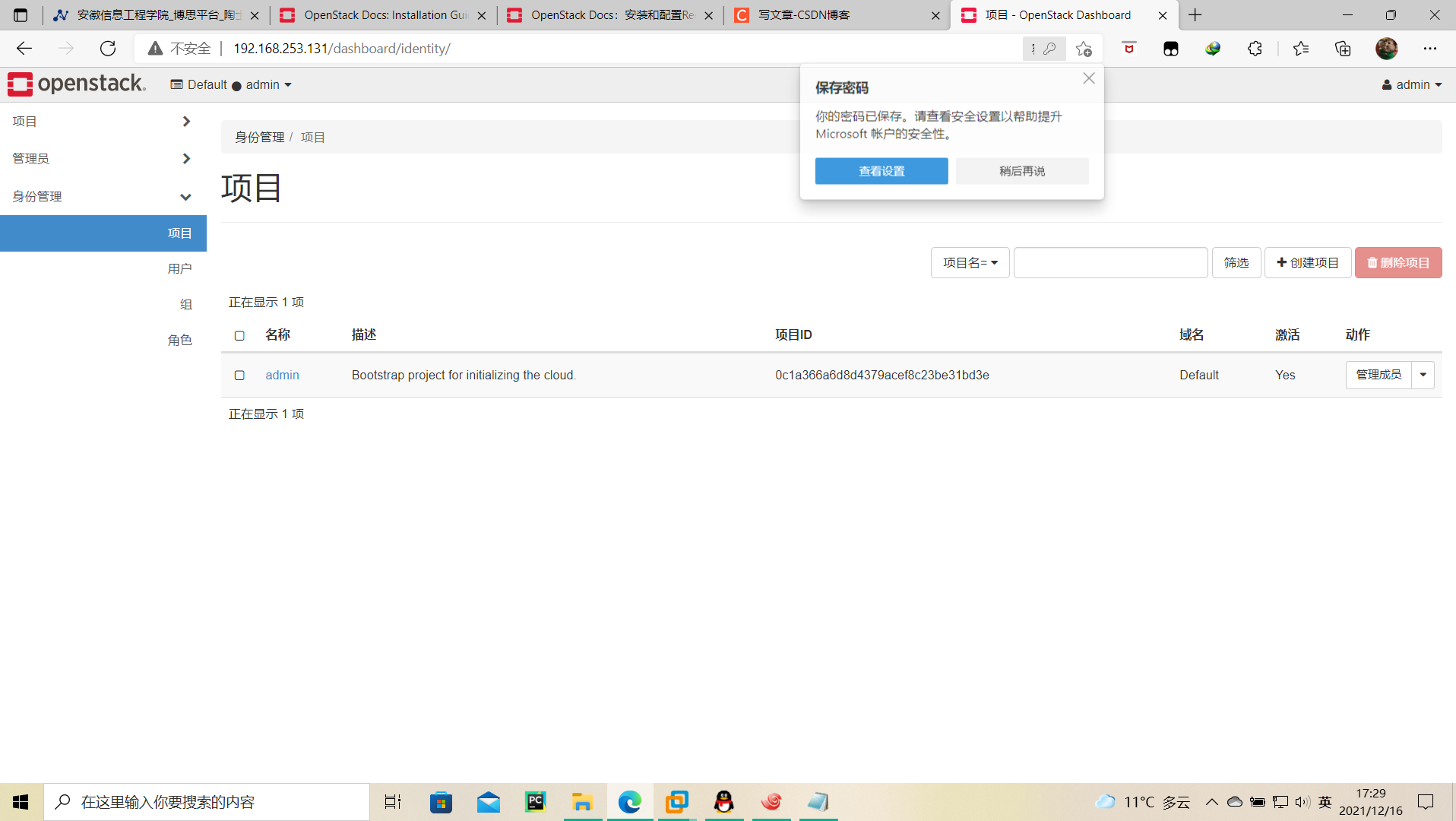Installing and configuring Red Hat Enterprise Linux and CentOS
This section describes how to install and configure a dashboard on a controller node.
The only core service required for the dashboard is the identity service. You can use dashboards with other services, such as imaging services, computing, and networking. You can also use dashboards in environments with independent services, such as object storage.
be careful
This section assumes that the identity service is properly installed, configured, and operated using the Apache HTTP server and the Memcached service.
Installing and configuring components ¶
be careful
The default profile varies from release to release. You may need to add these sections and options instead of modifying existing sections and options. In addition, the ellipsis () in the configuration code snippet indicates the potential default configuration options that should be retained
Install package:
yum install -y openstack-dashboard
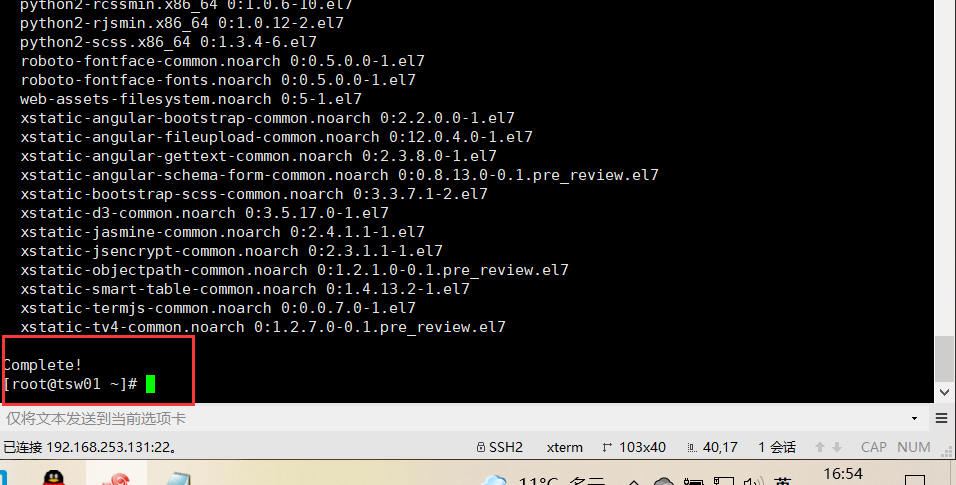
Edit the file and do the following: / etc / openstack dashboard / local_ settings
vim /etc/openstack-dashboard/local_settings
Configure the dashboard to use the OpenStack service: controller on the node
OPENSTACK_HOST = "192.168.253.131"
Allow the host to access the dashboard:

ALLOWED_HOSTS = ['*', ]
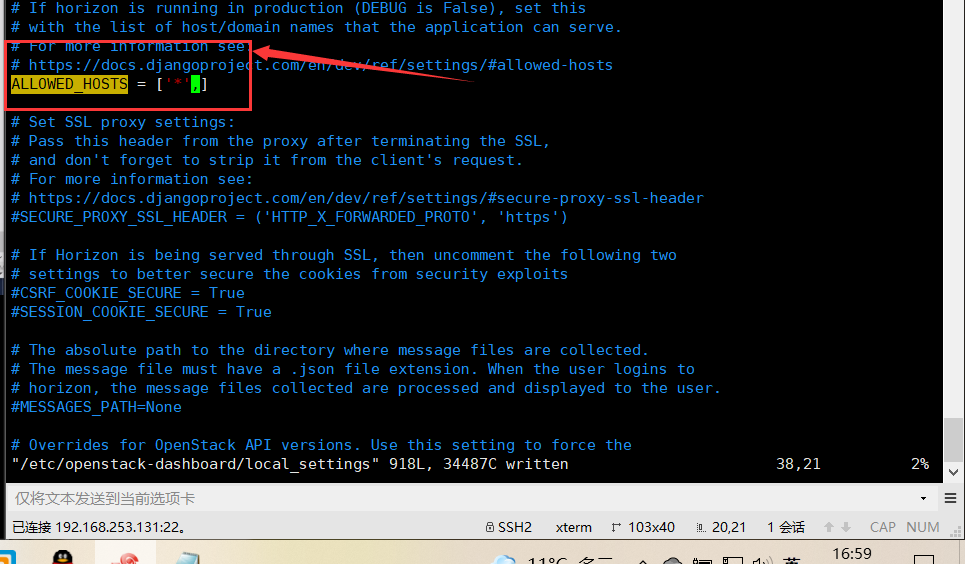
be careful
ALLOWED_HOSTS can also be ['*'] to accept all hosts. This may be useful for development work, but it may not be safe and should not be used in production. For more information, see https://docs.djangoproject.com/en/dev/ref/settings/#allowed-hosts.
Configure session storage service: memcached
SESSION_ENGINE='django.contrib.sessions.backends.cache'
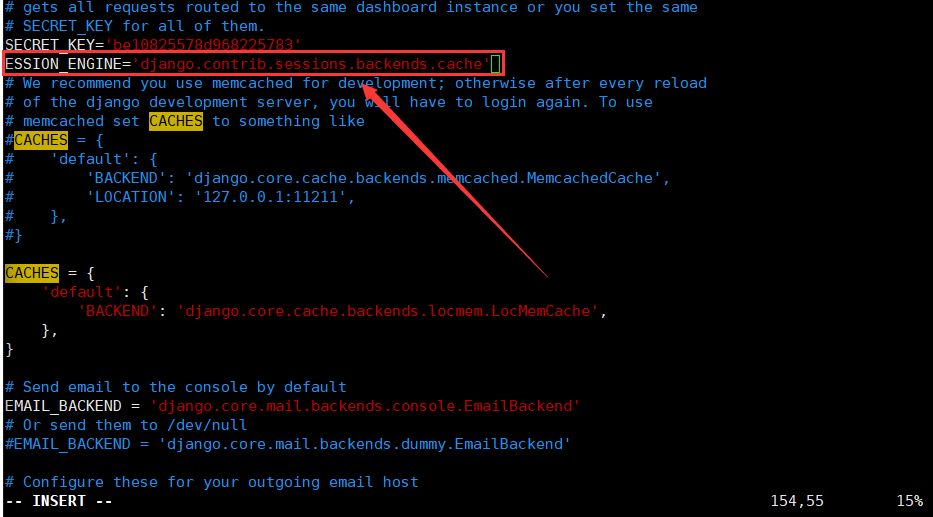
CACHES = {
'default': {
'BACKEND': 'django.core.cache.backends.memcached.MemcachedCache',
'LOCATION': 'controller:11211',
}
}
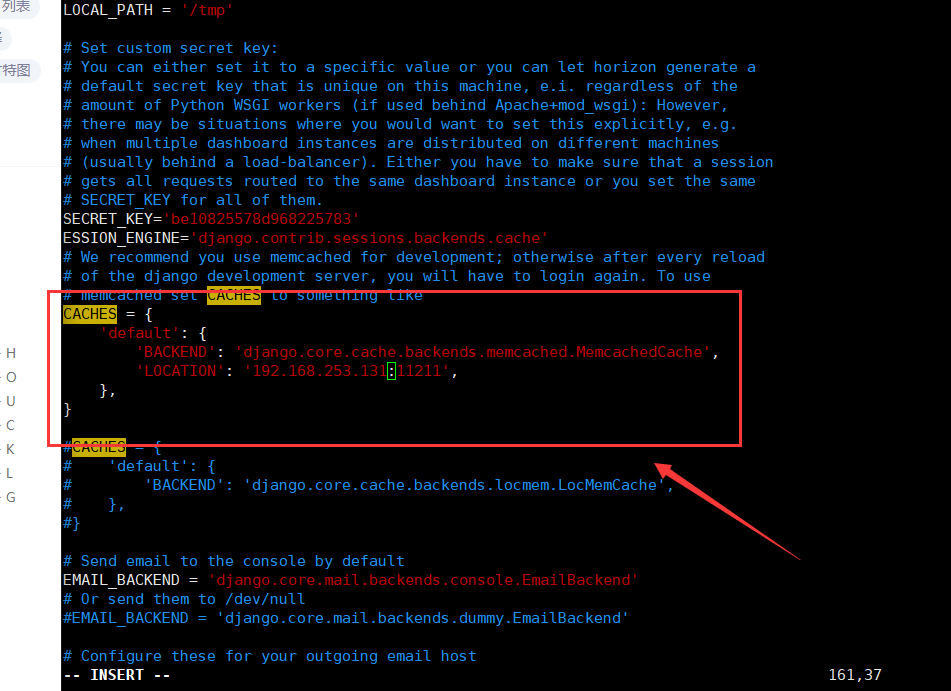 be careful
be careful
Comment out any other session storage configurations.
Enable identity API version 3:
OPENSTACK_KEYSTONE_URL = "http://%s:5000/v3" % OPENSTACK_HOST

Enable support for domains:
OPENSTACK_KEYSTONE_MULTIDOMAIN_SUPPORT = True
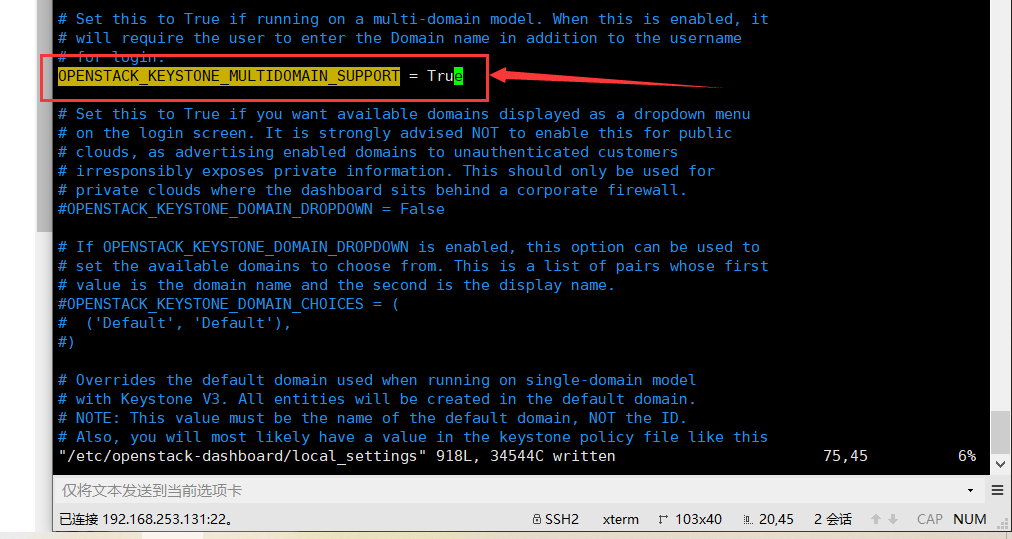
Configure API version:
OPENSTACK_API_VERSIONS = {
"data-processing": 1.1,
"identity": 3,
"image": 2,
"volume": 2,
"compute": 2,
}
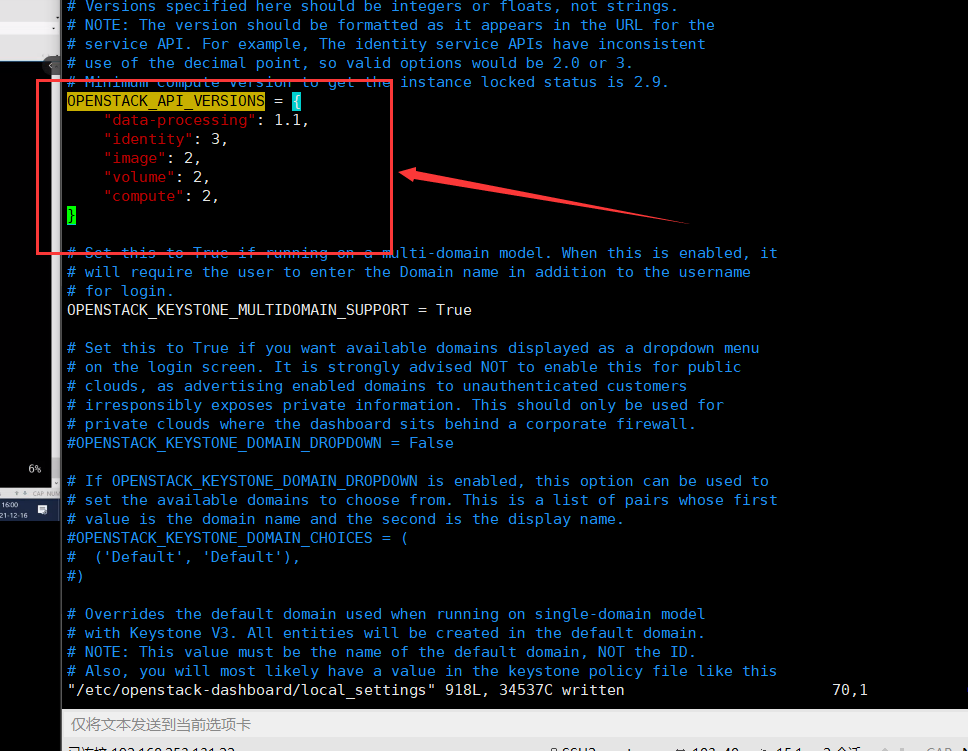
Configure the Default domain for users created through the dashboard: Default
OPENSTACK_KEYSTONE_DEFAULT_DOMAIN = "Default"

The default role configured as a user created through the dashboard: user
OPENSTACK_KEYSTONE_DEFAULT_ROLE = "_member_"
If you select network option 1, disable support for layer 3 network services:
OPENSTACK_NEUTRON_NETWORK = {
...
'enable_router': False,
'enable_quotas': False,
'enable_distributed_router': False,
'enable_ha_router': False,
'enable_lb': False,
'enable_firewall': False,
'enable_vpn': False,
'enable_fip_topology_check': False,
}
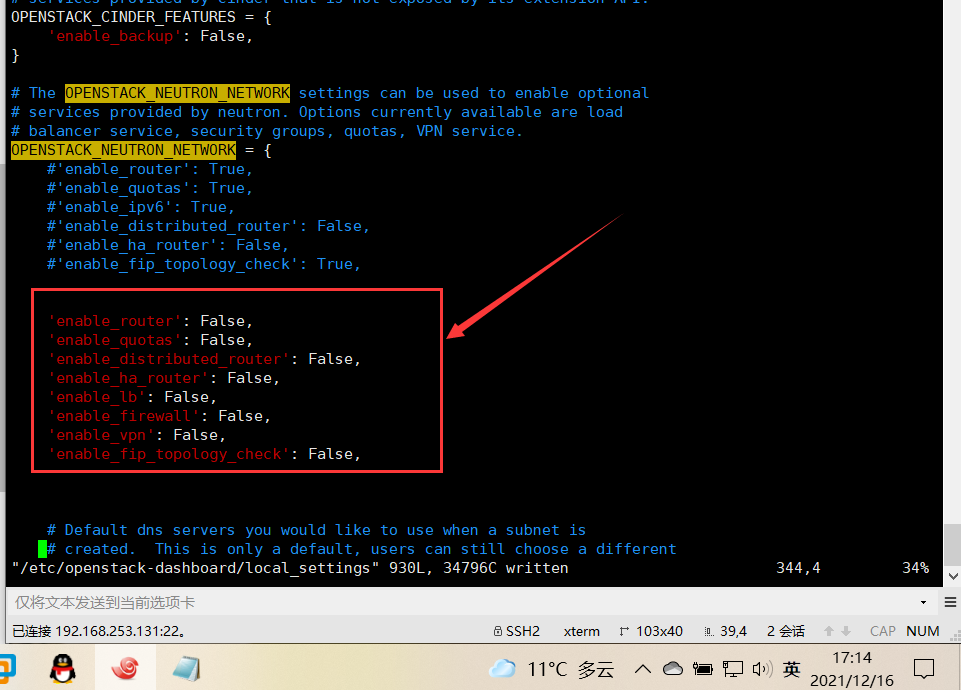
(optional) configure time zone:
TIME_ZONE = "UTC"
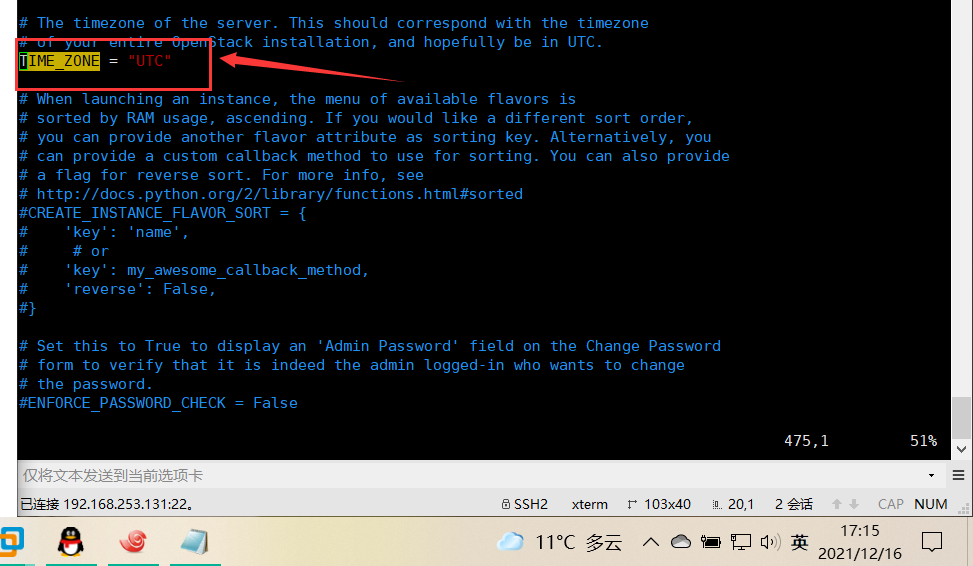
Replace with the appropriate time zone identifier. For more information, see the list of time zones. TIME_ZONE
If not, add the following lines to/ etc/httpd/conf.d/openstack-dashboard.conf
Add wsgiapplicationgroup% {global} to / etc / httpd / conf.d/openstack-dashboard In conf
vim /etc/httpd/conf.d/openstack-dashboard.conf
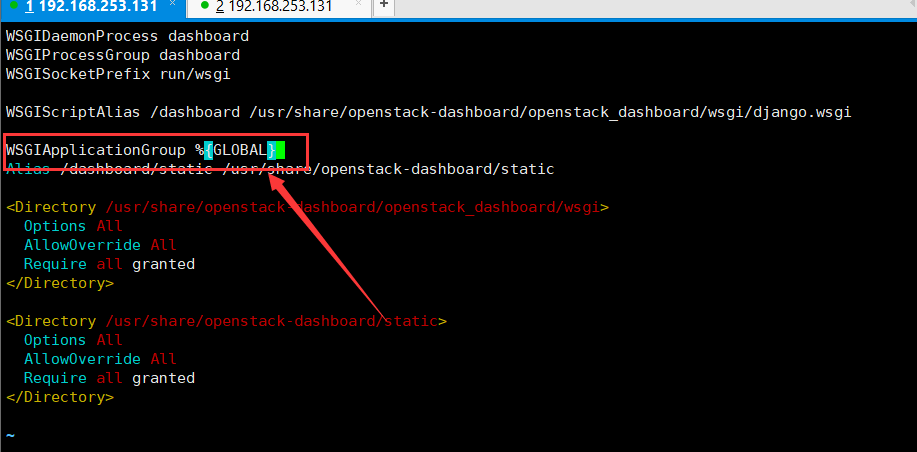
Complete installation ¶
Restart the Web server and session storage service:
systemctl restart httpd systemctl status httpd

systemctl start memcached systemctl status memcached

be careful
If not currently running, the command starts each service. systemctl restart
input http://192.168.253.131/dashboard Enter the login interface
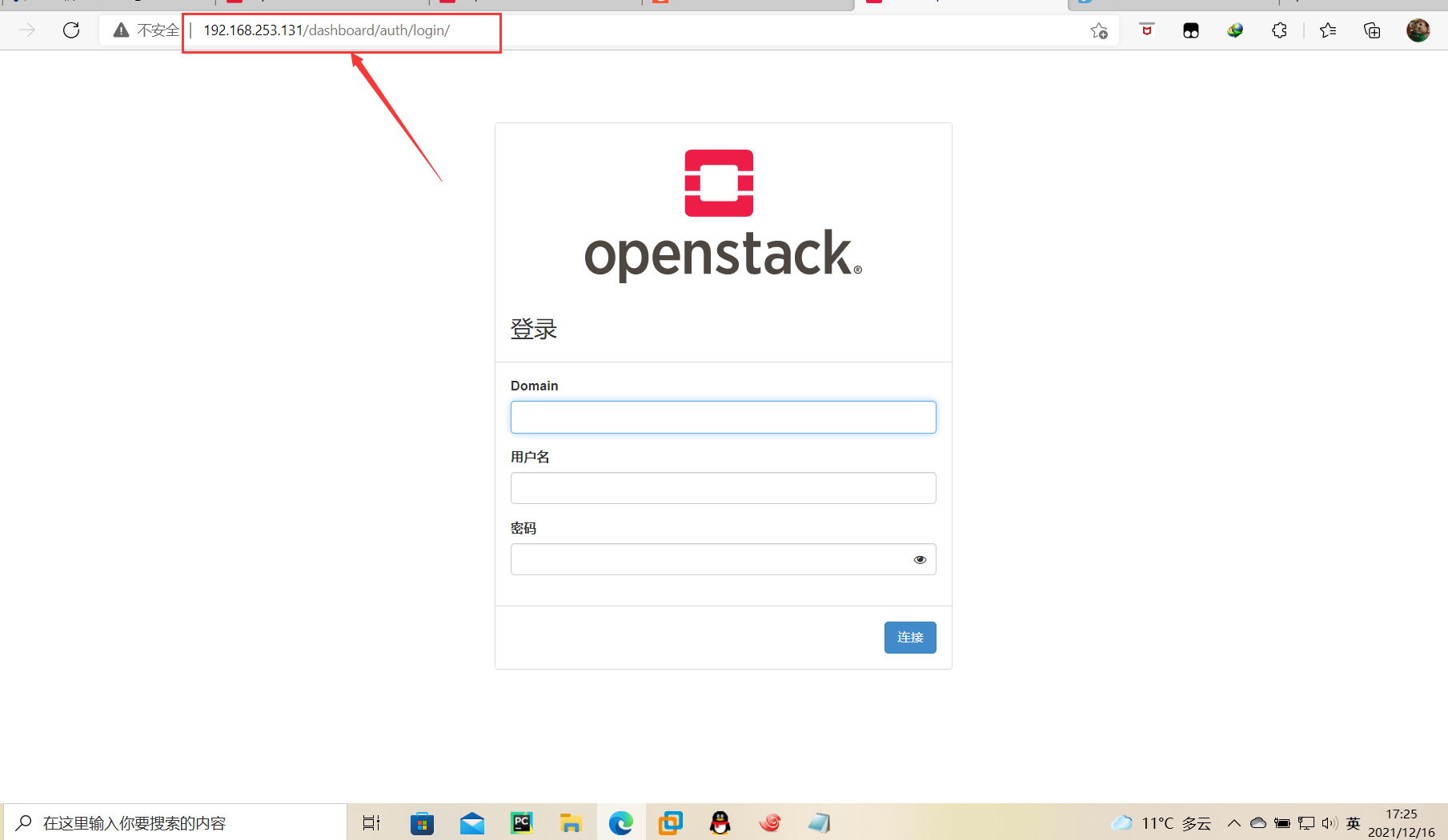
Use vim etc/profile to view the account and password
vim etc/profile
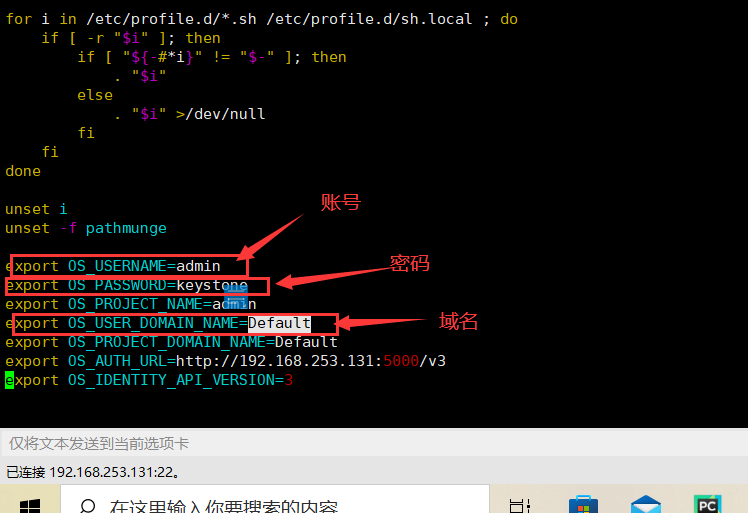
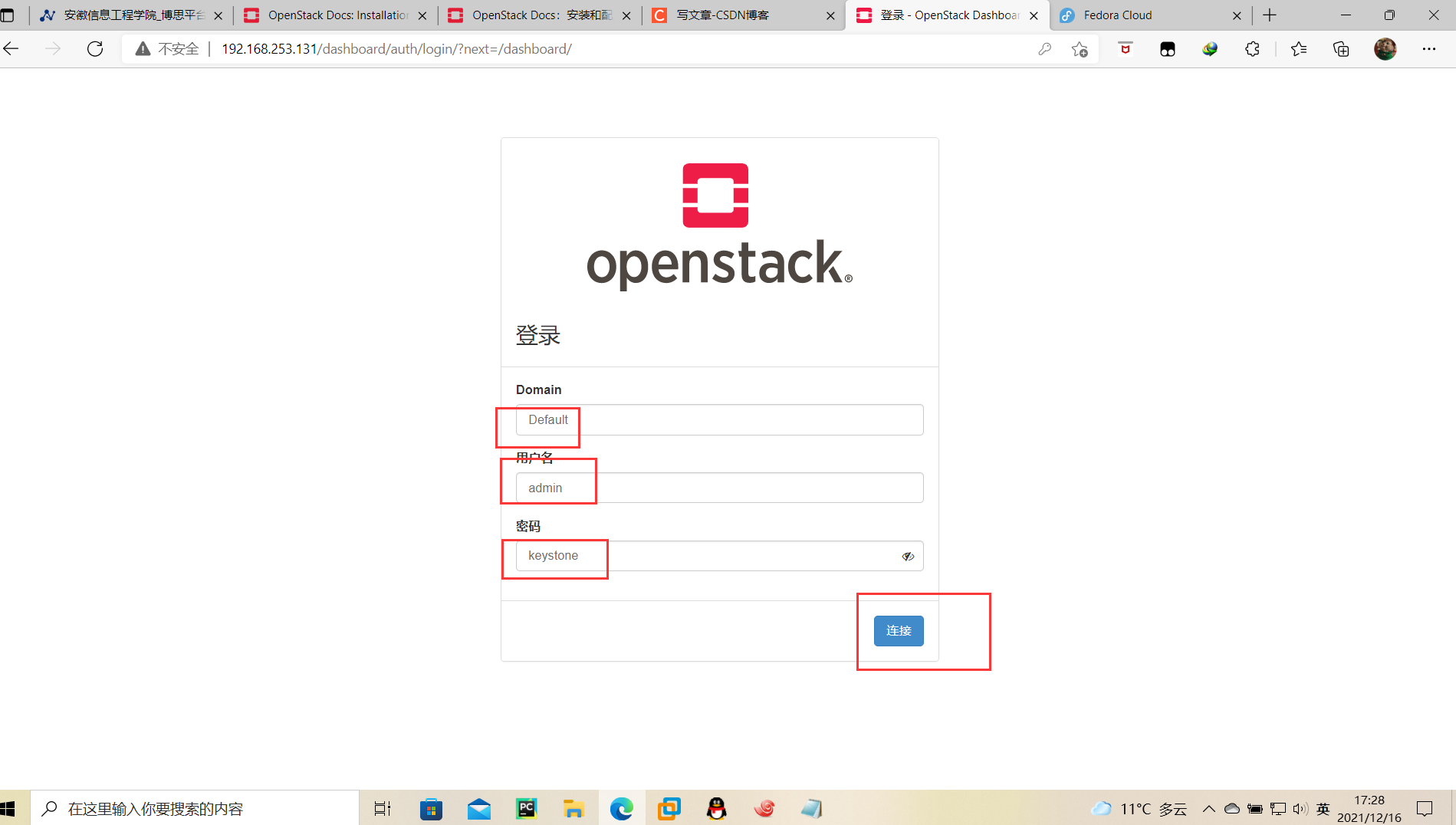
You can see it's coming in
